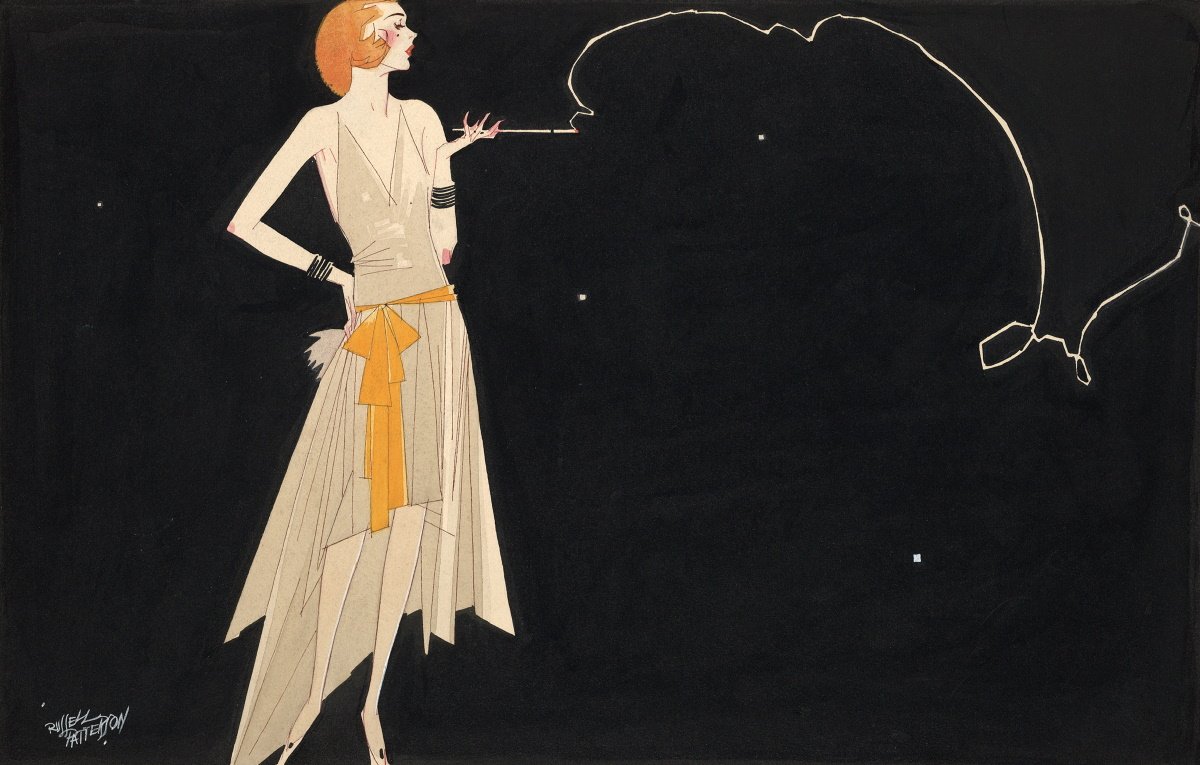Salmost half a century before the Twiggyone of their iconic models swinging in the sixtiesimposed his androgynous silhouette on the catwalks, made him fashionable in a strange, by the standards of the 1920s, different from women, the so-called flappers. With their “skinny” figures and excited dancing, they beat the girls curvesachieve a style of at least emancipation, with close up frame and light clothing for greater freedom of movement. An emancipation where the Coco Chanel primary role.
The (ultra)thin silhouette was also dominant in its time Interwar and especially in the twenties. With various accessories, such as the once popular but controversial food Hollywood 18-Day Diet which, inspired by the American film industry, suggests that women can live only on oranges, grapefruit, toast and eggs. While the so-called Medical Millennium Diet he advises his adventurous followers to chew their food slowly, eat no more than one plate of food per meal (preferably still) and take regular enemas.
The doctor Lulu Hunt Peters with the first weight loss bestseller in history, the “Food and Health: With the Key to Calories”, urges readers to ignore the advice of friends and acquaintances who warn them about the dangers of reducing food consumption. One sentence from her book is enough to fill women who are quick to pursue happiness with regret: “Any amount of food we eat in excess of the needs of our system for energy, growth, and very fattening or inconvenient, or both. To understand exactly what he means by “unnecessary amount of food,” it is important to know that a representative food for him includes cottage cheese and a bread without butter.
And if the shortcomings of a diet are not enough to knock a flapper off his clothes, there are other complementary weapons recommended by “experts,” such as chewing gum which they enter laxative, corsets thinning and cigarettes. And yet: Tobacco companies advertise their products by presenting them as hunger suppressants. In nature, an advertisement of Lucky Strike from 1928 it depicts a flapper with red lips and the slogan: “To maintain a slim figure that no one can resist, take a Lucky instead of a sweet one.” Thus, flappers became not only symbols of women’s freedom but also of their submission to standards of beauty that, at least for some body types, required literal bloody sacrifices. At least in recent years the trend has begun to embrace multiple sizes. May it continue and last.
Advertisement – Continue Reading Below
Advertisement – Continue Reading Below

